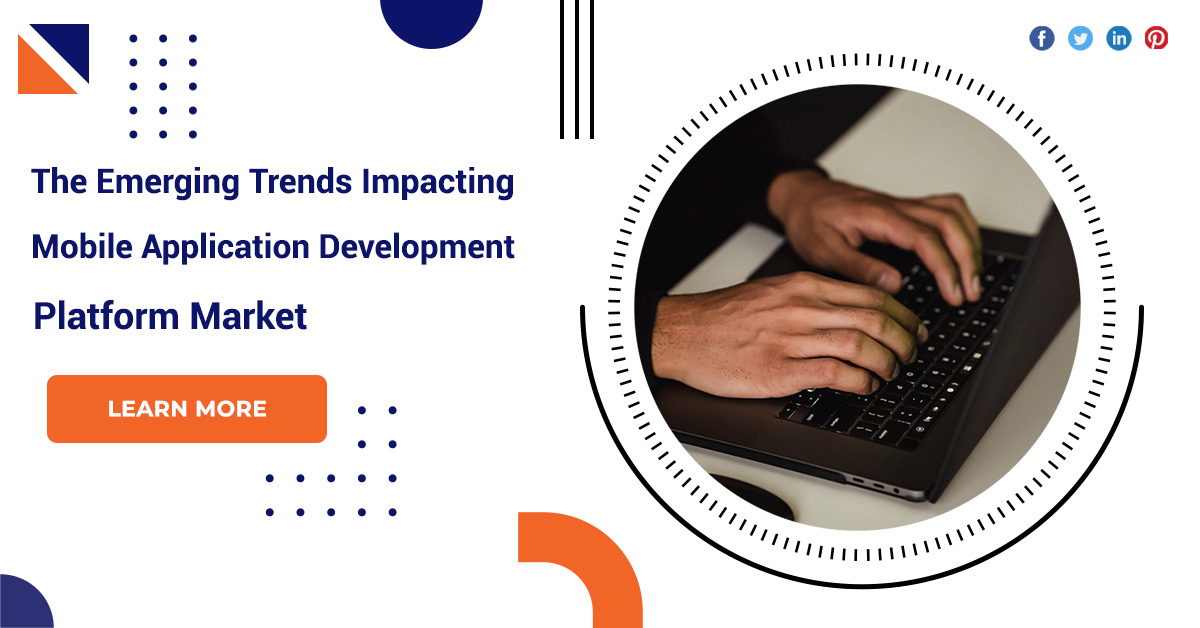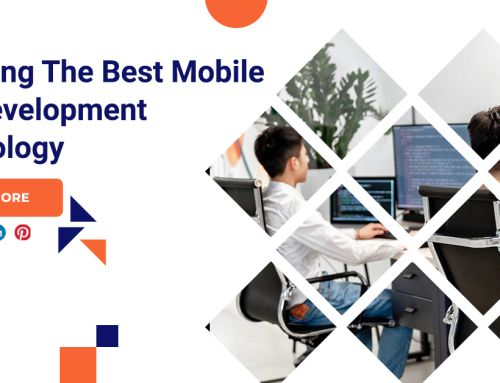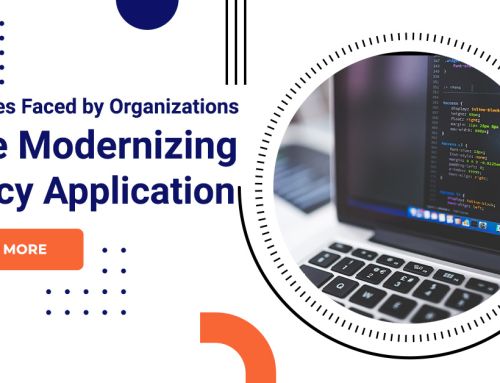The Emerging Trends Impacting Mobile Application Development Platform Market
The mobile application development platform market is in the midst of a transformative journey, as it adapts to an ever-evolving technological landscape. Emerging trends are leaving an indelible mark on this industry, ushering in a new era of innovation and development. With the rapid proliferation of 5G technology, the Internet of Things, and augmented reality, mobile app developers are presented with exciting opportunities and challenges.
Application development platform market
BYOD and BYOA fuels enterprise app development
- While Bring your own devices is already well entrenched for a few years now, employers are now rolling out Bring your own access (BYOA) as the next evolutionary step.
- BYOA is essentially wireless remote access to a company’s network, for home workers and executives on the move.
- The twin forces of BYOD and BYOA is creating a big surge in demand for enterprise application development services, as enterprises seek to offer employees access to the specific functionality and resources they require through apps.
App development to become increasingly open-source and collaborative
- The mobile app development market, even more, is the emergence of DevOps, a spin-off from the time-tested agile and lean methodologies.
- DevOps, derived from development and operations is an establishment of a cross-disciplinary community, involving developers, tech users, and other stakeholders of the software development.
- The aim is to ensure open communication and collaboration among the various stakeholders, to build, evolve, and operate rapidly changing resilient systems, at scale.
- DevOps especially automates application testing and deployment processes, reducing errors and speeding up the process considerably.

Global software development
- A manifestation of how an increasingly collaborative development process can improve apps lies in UX development.
- UX or user experience becomes more important than ever before and is now a big parameter for measuring the success of a mobile application.
- App developers are now co-opting expert graphic artists, and animators to make their apps more visually appealing and user-friendly.

Cloud takes centrestage in backend operations
- All smartphone users prefer apps with reliable server-side backend support that allows them to access the app on any device, from anywhere, without loss of data.
- Such cloud powered apps take minimal space in the phone storage as well.
- The cloud makes multi-device synchronization of apps seamless, offer unprecedented flexibility in coding, testing, and launching apps, and speed up the app development cycle considerably.
New technologies and security challenges embrace each other
- The Internet of Things is already expected to grow exponentially over the next five years.
- The number of connected devices as of now, IoT is mainly present in wearable technology, and some gadgets such as smart thermostats and smart bulbs.
- Security has always been a major concern, and the much more vulnerable emerging technologies make the problem even more critical.
Conclusion
Organizations have already deployed enterprise applications. However, demand for mobile enterprise apps will be about five times more than the combined supply capacity of developers.







